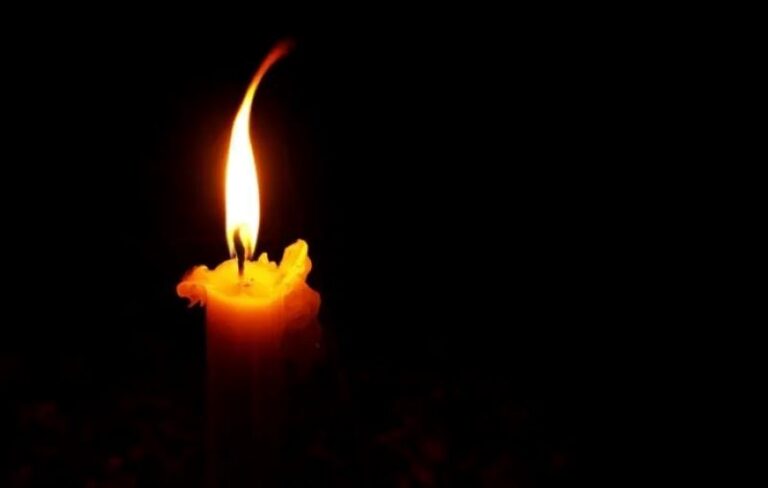 French air accident investigators say a combination of mistakes by inadequately trained pilots and faulty equipment caused an Air France jet to plunge into the Atlantic in 2009, killing all 228 people aboard.
French air accident investigators say a combination of mistakes by inadequately trained pilots and faulty equipment caused an Air France jet to plunge into the Atlantic in 2009, killing all 228 people aboard.
The BEA air accident investigation agency is recommending better training for pilots and stricter plane certification rules as a result of its three-year probe into the crash of Flight 447.
The report lists a combination of “human and technical factors” behind the crash. The plane flying from Rio de Janeiro to Paris crashed into the sea during a nighttime thunderstorm in Air France’s deadliest ever accident.
In one fatal decision, the report says, one of the co-pilots in the cockpit at the time nosed the Airbus A330 upward during a stall — instead of downward, as he should have — because of false data from sensors about the plane’s position.
Chief investigator Alain Bouillard said the two pilots at the controls never understood that the plane was in a stall. He said only a well-experienced crew with a clear understanding of the situation could have stabilized the plane in those conditions.











7 Responses
Were the 1 or 2 Jewish people on the plane found. What does that mean re agunos ?
If the pitot tubes malfunctioned, which is so strong a probability that Airbus changed its subcontracting source for them…which would result faulty instrumention read out as to rate of speed, altitude and rates of climb and decent…then I don’t get the pilot error issue…
I never flew anything larger than a Cessena 172, but I well remember the rudimentry instrument training that is part of a standard private pilot course…
They prove to you that without visual references and without training and practice relying on your basic flight innsruments…it is not a matter of if you’ll get spatially disoriented…it’s just a matter of how soon…and if you are instrument trained. And if you are trained to fly on instruments, but have malfunctioning instruments…the same deadly rule applies
A combination of issues?!?! Well then there is NOTHING that could be done because all the issues brought the plane down.
#2: The stall warning alarm was heard sounding some 75 times on the CVR in the 3 or so minutes before impact yet the pilots never understood they were in a stall… the only faulty instrumentation they had was their airspeed ( & it was obvious that it had malfunctioned, that was what had tripped the autopilot) and even that came back on-line before the crash
Not judging them (obviously min-hashamayim!) but from the reports I have heard anyway it sounded like the situation was very much recoverable if only they had maintained proper situational awareness as they could and should have
I would hope they are flying the commercial airplanes with more than altimeters and other pitot dependant instruments. The main thing a pilot would depend on for the aircraft’s attitude would be the gyro instruments. That is probably what went wrong.
Yonasonw, i also flew light aircraft and from what i learnt, this sounds like spatial disorientation, whereas the pilot FELT (bc it was night over the ocean he couldnt see any reference points outside) like they were going down fast so he pulled up, when in reality the plane was in a nose high stall and needed the nose pointed down to get out of the stall.
there seems to be some confusion over here… the pitot tube ONLY controls the airspeed indicator. If it fails or is clogged, only the airspeed indicator will fail. Some people seam to be confusing the pitot tube with the static port which is critical to the airspeed, altimeter and VSI. and to HaLeiVi i’m not a certain but i think that modern jetliners don’t even use gyros anymore.